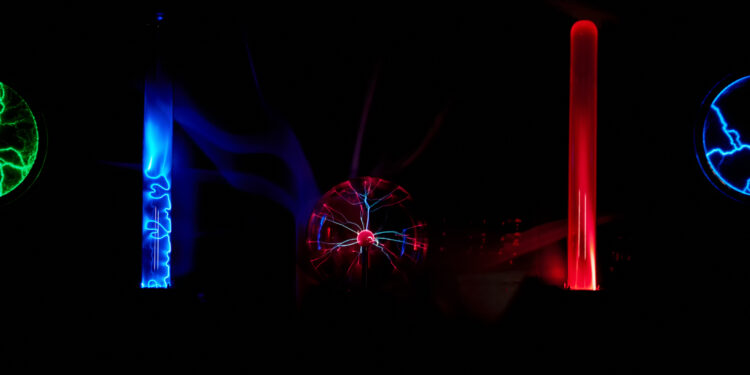Transforming the Future of Energy: Light Fusion Project Sets New Speed Record in Groundbreaking Nuclear Fusion Research
Light Fusion, the innovative project that seeks to revolutionize the way we generate nuclear energy, is poised to debut its first demonstration plant in 2024. While nuclear fusion is the process of combining two light atomic nuclei to create a heavier nucleus and release a vast amount of energy, the 'First Light' approach has a unique twist: firing a projectile at a fuel pellet to produce fusion and energy.
According to First Light's development team, the method can store electrical energy of around 100 mega joules and hurl projectiles at a speed of 60km per second, with the potential to reach up to 200km per second through speed-amplification technology. By concentrating the projectile's energy in the fusion fuel, the amplifier increases fuel impact pressure and shapes waves to create spherical implosions, marking a significant leap from the current 'Machine 3' project that attains only 20km per second.
 |
| Light Fusion |
The Light Fusion team is optimistic about the project's prospects, with CEO and co-founder Nick Hawker stating, "With agreements and contracts signed with architects and designers, we can fast-track development. The recent success of the National Ignition Facility in California proves what we've always known about inertial confinement fusion: it works and holds the potential for a faster path to commercial fusion."
Traditional nuclear power plants release energy through fission reactions, but fusion reactors mimic the Sun's energy production process. Light Fusion has a groundbreaking technique that takes inspiration from the Pistol Shrimp, capable of generating a shockwave that propels water at around 100 km/h through the snapping of its claws. The resulting cavitations bubbles interact with the shockwave and collapse in a short time, vaporizing water as it collides with the calm water surrounding it.
The ambitious Light Fusion project has risen considerable funding and is on track to commence construction in 2024, marking a significant milestone towards achieving safe, sustainable and efficient nuclear energy production.



